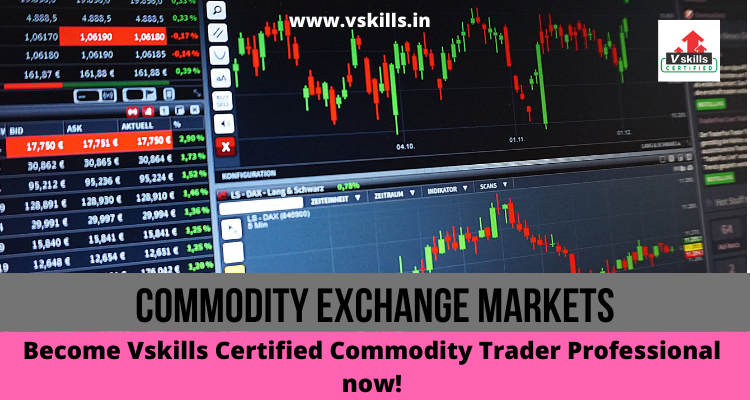Let’s learn more about Commodity exchange Markets. The Indian economy is witnessing a mini-revolution in commodity derivatives and risk management. Commodity options trading and cash settlement of commodity futures had been banned since 1952 and until 2002 commodity derivatives market was virtually non-existent, except for some negligible activity on an OTC basis. Now in September 2005, the country has 3 national-level electronic exchanges and 21 regional exchanges for trading commodity derivatives. As many as eighty (80) commodities have been allowed for derivatives trading. A commodity market involves buying, selling, or trading a raw product, such as oil, gold, or coffee. Also, there are hard commodities, which are generally natural resources, and soft commodities, which are livestock or agricultural goods. They are generic terms to describe the markets. It is similar to the way “stocks” and “equities” are used when investors talk about the stock market. It is a huge part of the Indian economy. It helps and contributes to the overall GDP growth.
A futures contract provides that an agreed quantity and quality of the commodity will be delivered at some agreed future date. A farmer raising corn can sell a futures contract on his corn, which will not be harvested for several months, and gets a guarantee of the price he will be paid when he delivers; a breakfast cereal producer buys the contract and gets a guarantee that the price will not go up when it is delivered. This protects the farmer from price drops and the buyer from price rises. Speculators and investors also buy and sell these contracts to try to make a profit; they provide liquidity to the system.
It includes the following:
- The Role of Commodity Exchanges
- List of Commodity Exchanges in India
- Types of Commodities Traded in India
- Active Commodities & Contracts on MCX
- Active Commodities & Contracts on the NCDEX



